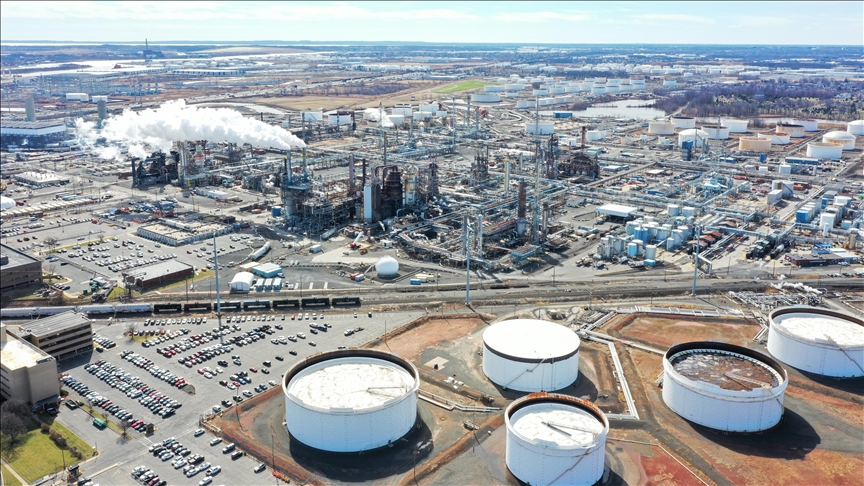ANKARA
Oil prices increased on Thursday, with Brent surpassing $80 a barrel, on the back of data indicating that US interest rate rises are on track to tame high inflation and improve slow economic growth.
International benchmark Brent crude traded at $80.34 per barrel at 10.04 a.m. local time (0704 GMT), a 0.28% gain from the closing price of $80.11 a barrel in the previous trading session on Wednesday.
The American benchmark West Texas Intermediate (WTI) traded at the same time at $75.96 per barrel, up 0.27% from the previous session’s close of $75.75 per barrel.
Bullish data helped prices, signaling a rebound in the economies of the world’s largest oil consumer, the US, and the world’s biggest oil importer, China.
Annual consumer inflation in the US came in at 3% in June, marking the lowest level in more than two years and easing sharply from 4% in May, according to official figures released on Wednesday.
The consumer price index (CPI), which measures changes in the prices of goods and services from a consumer’s perspective, also came below the market estimate of 3.1%.
The US Federal Reserve (Fed) in its Beige Book said the pace of economic growth had increased “slightly” since late May, but the rate of inflation had slowed as wage rises have moderated to or approached pre-pandemic levels.
“Overall economic activity increased slightly since late May, though overall economic expectations for the coming months generally continued to call for slow growth,” the Fed said.
Meanwhile, China’s crude oil imports increased 45.3% year on year in June to the second-highest monthly amount on record, suggesting a demand rebound, according to customs figures released on Thursday.
Although a weaker dollar and bullish data from the US and China aided price increases, a larger-than-expected increase in US crude oil stockpiles restrained additional price increases as data reflected weak domestic demand.
US commercial crude oil inventories increased by 1.3% during the week ending July 7, according to data released by the Energy Information Administration (EIA) late Wednesday.
Inventories rose by around 5.9 million barrels to 458.1 million barrels, relative to the American Petroleum Institute’s expectation of a rise of 3 million barrels.

